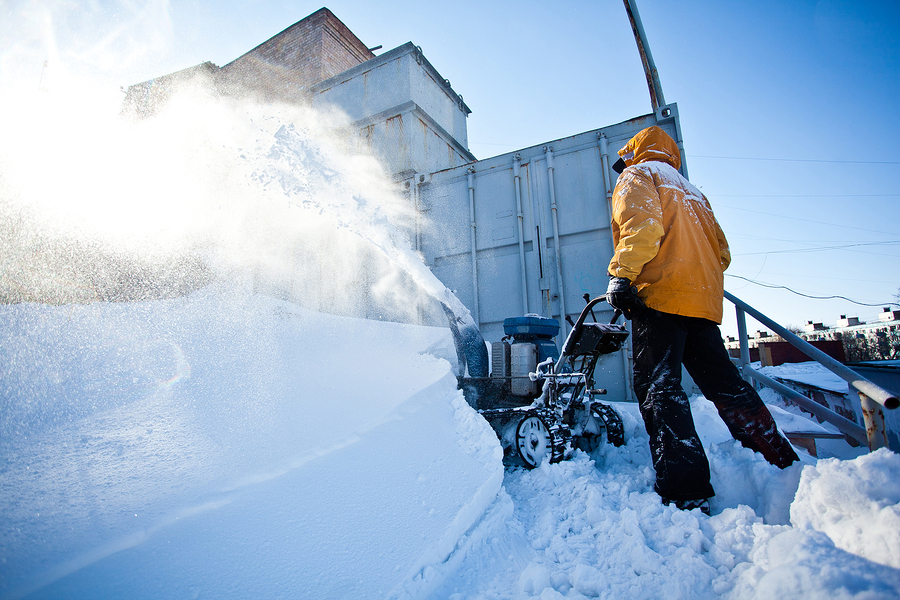Most manufacturers do an excellent job providing safe and secure environments for their employees on a day-to-day basis. But some unintentionally overlook the special precautions they can take to protect employees when the seasons change. Winter can be especially hazardous for anyone working in a manufacturing facility.
Here are five measures employers can take to protect people both inside and outside manufacturing workplaces.
1. Prepare vehicles and drivers for winter conditions.
Manufacturers often use company-owned vehicles to make deliveries or pick up raw materials, so it’s important to make sure they’re equipped for winter weather conditions. Manufacturers should regularly check tires and windshield wipers, replacing them as necessary, as well as windshield washer and all other fluid levels. It’s also a good idea to equip company vehicles with emergency kits in the event drivers become stranded. And before putting them behind the wheel, make sure employees are properly trained to drive on snowy and icy roads.
2. Prevent slips and falls on ice outside the facility.
Icy parking lots, loading docks, and walkways can be unsafe for employees and visitors. Keep these areas clear by keeping some deicer or sand on hand. Rock salt is a safe and economical deicer that melts ice on slippery walkways and steps, whereas cat litter or sand can provide temporary traction before a plant leader or employee can clear away or melt the ice. But slips can still occur even with these precautions, so remind employees to wear proper footwear when walking outside. Wearing boots or shoe covers with good rubber treads is a good way to prevent falls and injuries when walking over snow or ice.
3. Train employees how to remove snow safely.
Some manufacturers task a maintenance team or designated employee with keeping outdoor areas free of snow and ice. But before they head outside, remind them of some precautions they can take to avoid injuries while performing this strenuous activity. Workers should first take a few minutes to warm up by stretching, marching in place, or walking around for a few minutes. When shoveling, encourage them to scoop small amounts of snow at a time and push snow away instead of lifting. And if lifting is necessary, lead with the legs while keeping the back straight to prevent back injury.
4. Don’t forget to guard against slips on indoor floors, too.
Many facility leaders do a good job of preventing injuries on snow and ice outside — but forget that every time people enter, they track snow, water, and mud onto floors. This can make floors dangerously slippery, so place absorbent mats inside entrances to catch drips and wipe up wet floors throughout the day.
Employees, delivery people, and guests will also track rock salt and other materials from outside into manufacturing plants when they enter. These particles can damage delicate machinery or even contaminate products. So, in addition to providing floor mats, it may be a good idea to provide shoe covers for those who will be walking through the building.
5. Remember static: an invisible interior hazard.
Winter air has lower humidity, which is compounded by constantly running furnaces to keep buildings warm. It’s easy to feel the effects of dry winter air on thirsty skin, hair, and nails, but it also creates an invisible hazard: static. Just one spark of static can wreak havoc on machinery. One way to lower static and keep humidity at comfortable levels is to install air humidifiers. Help prevent static altogether by providing employees with grounding straps. Insulating equipment cables and wires can also help prevent against static damage.
Manufacturers contend with their own unique sets of daily hazards, and winter is no exception. From preventing falls to protecting advanced equipment, manufacturers can’t be too careful in practicing good safety measures for every season.
